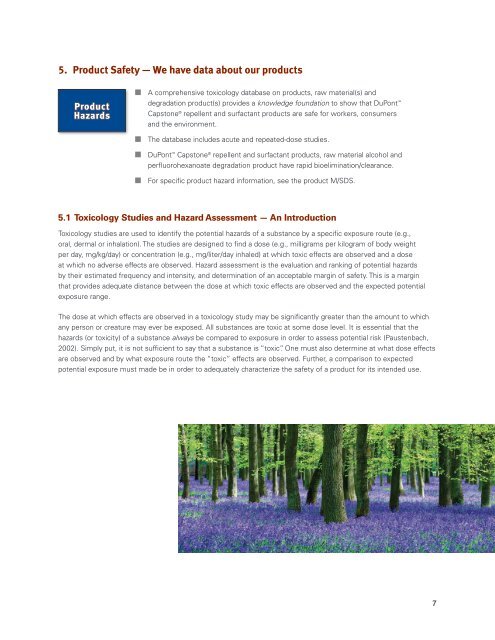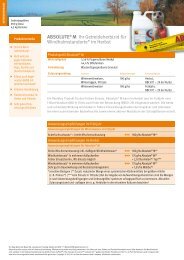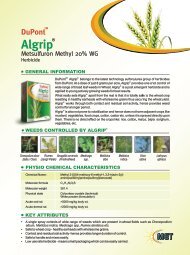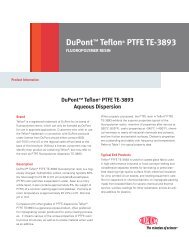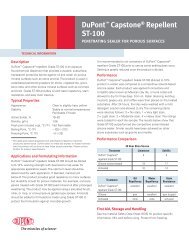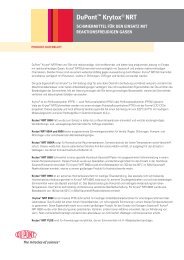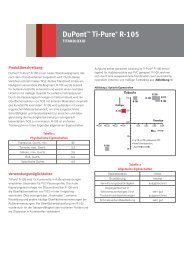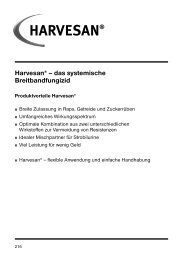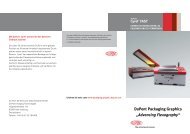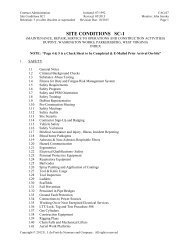Knowledge Foundation - DuPont
Knowledge Foundation - DuPont
Knowledge Foundation - DuPont
You also want an ePaper? Increase the reach of your titles
YUMPU automatically turns print PDFs into web optimized ePapers that Google loves.
5. Product Safety — We have data about our products<br />
Product<br />
Hazards<br />
■ A comprehensive toxicology database on products, raw material(s) and<br />
degradation product(s) provides a knowledge foundation to show that <strong>DuPont</strong> <br />
Capstone ® repellent and surfactant products are safe for workers, consumers<br />
and the environment.<br />
■ The database includes acute and repeated-dose studies.<br />
■ <strong>DuPont</strong> Capstone ® repellent and surfactant products, raw material alcohol and<br />
perfluorohexanoate degradation product have rapid bioelimination/clearance.<br />
■ For specific product hazard information, see the product M/SDS.<br />
5.1 Toxicology Studies and Hazard Assessment — An Introduction<br />
Toxicology studies are used to identify the potential hazards of a substance by a specific exposure route (e.g.,<br />
oral, dermal or inhalation). The studies are designed to find a dose (e.g., milligrams per kilogram of body weight<br />
per day, mg/kg/day) or concentration (e.g., mg/liter/day inhaled) at which toxic effects are observed and a dose<br />
at which no adverse effects are observed. Hazard assessment is the evaluation and ranking of potential hazards<br />
by their estimated frequency and intensity, and determination of an acceptable margin of safety. This is a margin<br />
that provides adequate distance between the dose at which toxic effects are observed and the expected potential<br />
exposure range.<br />
The dose at which effects are observed in a toxicology study may be significantly greater than the amount to which<br />
any person or creature may ever be exposed. All substances are toxic at some dose level. It is essential that the<br />
hazards (or toxicity) of a substance always be compared to exposure in order to assess potential risk (Paustenbach,<br />
2002). Simply put, it is not sufficient to say that a substance is “toxic”. One must also determine at what dose effects<br />
are observed and by what exposure route the “toxic” effects are observed. Further, a comparison to expected<br />
potential exposure must made be in order to adequately characterize the safety of a product for its intended use.<br />
7


